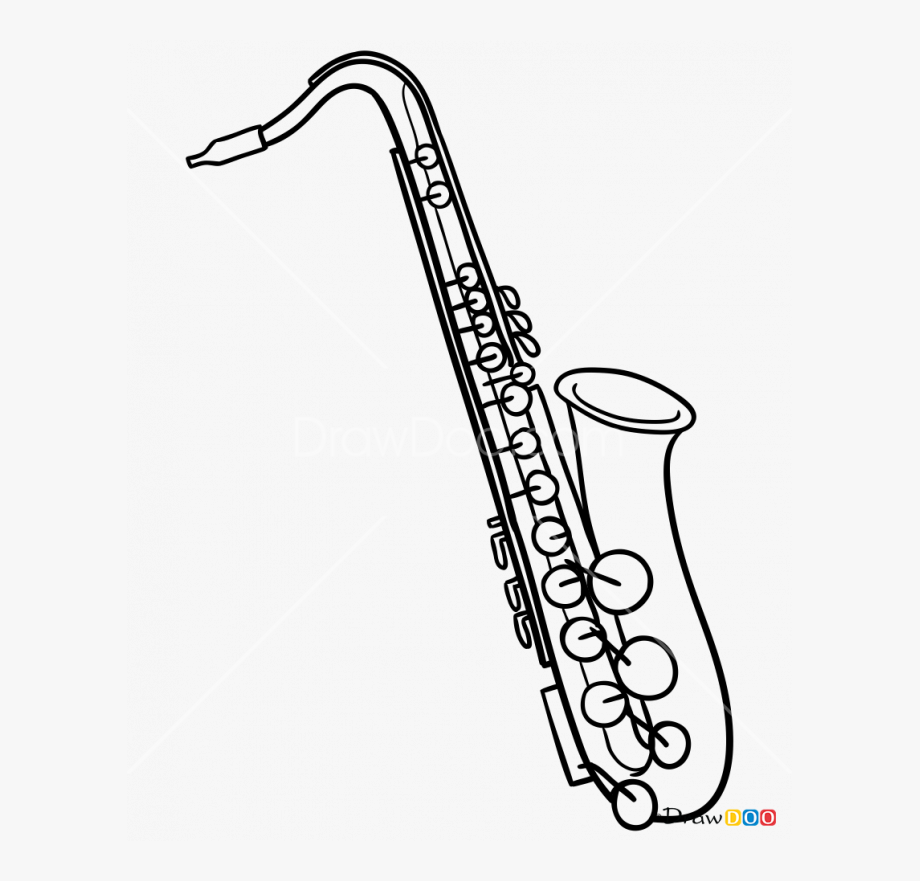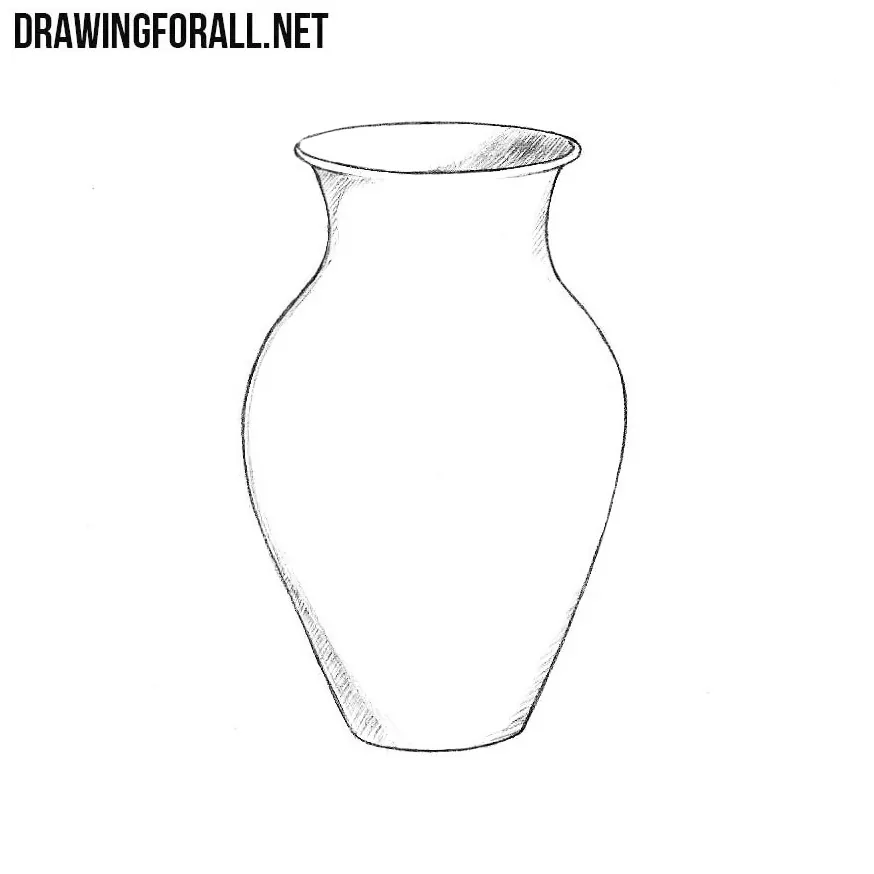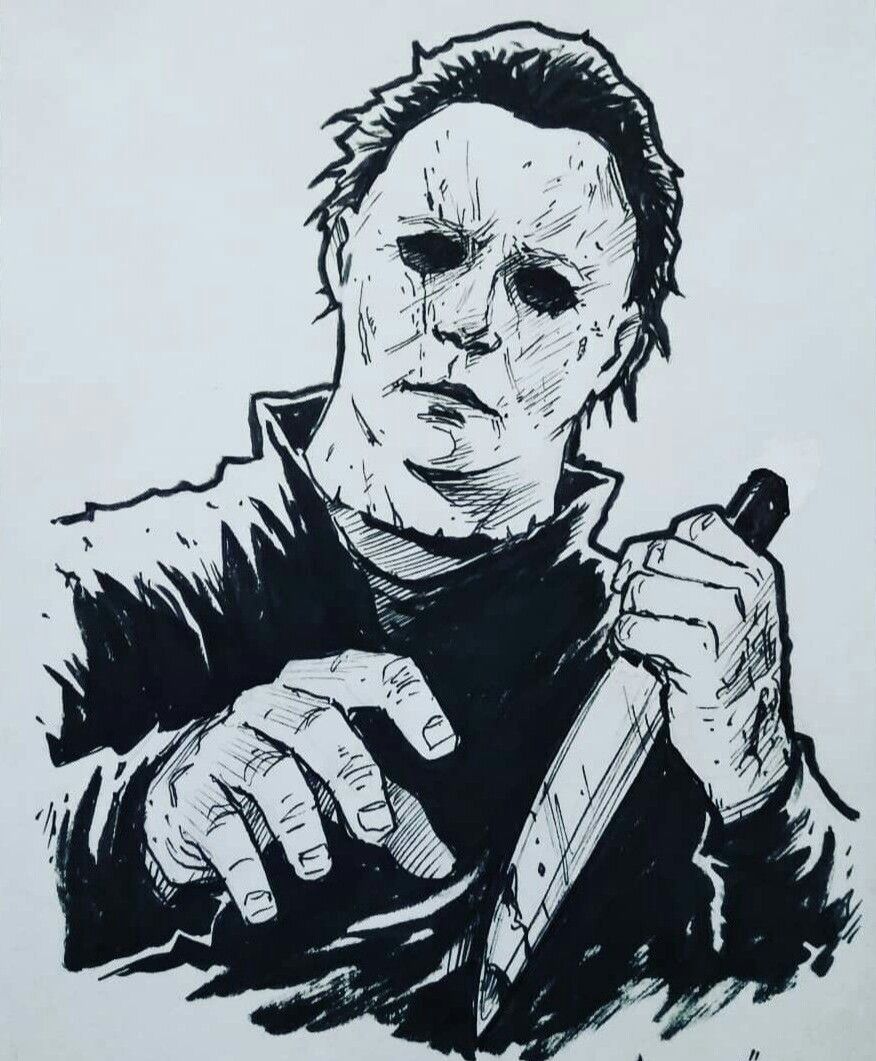Tenor saxophone pen ink drawing art print by jazzdrawings
Table of Contents
Table of Contents
If you’ve ever wanted to learn how to draw a saxophone, you’re in the right place! Not only can drawing a saxophone be a fun and creative way to express your artistic side, but it can also be a great way to learn more about the instrument itself. With the right technique and some practice, even beginners can learn how to draw a realistic saxophone in no time.
The challenge of drawing a saxophone
While drawing a saxophone may seem like a daunting task, it doesn’t have to be. One of the biggest challenges people face when trying to draw this instrument is capturing its unique shape and form. Saxophones are long, curved instruments with lots of intricate details, such as keys, buttons, and even a reed. It can be difficult to know where to start when it comes to drawing all of these components in a realistic way.
How to draw a saxophone
The first step in drawing a saxophone is to break it down into its basic shapes. Start by drawing a long, curved line to represent the body of the saxophone. Then, draw another curved line to form the bell of the instrument. From there, you can add the keys, buttons, and other details by sketching them in lightly with a pencil. As you work, focus on getting the proportions right and paying attention to the small details that make each piece of the saxophone unique.
Main points to remember when drawing a saxophone
Before you start drawing, make sure you have a good reference image to work from. This will help you get a sense of the saxophone’s proportions and details. When you start sketching, work in layers, starting with light pencil marks and gradually building up to darker lines and shading. Focus on capturing the unique shape of the instrument, paying attention to the curve of the body, the angle of the bell, and the placement of the keys.
My experience with drawing a saxophone
When I first tried drawing a saxophone, I was intimidated by all of the intricate details and the curve of the body. But with a little practice, I found that it was actually quite easy to capture the essence of the instrument. By breaking it down into basic shapes and taking my time with each detail, I was able to create a drawing that looked surprisingly realistic.
Tips for perfecting your saxophone drawing
One of the best ways to improve your saxophone drawing skills is to practice on a regular basis. Try drawing the instrument from different angles, or experiment with different shading techniques to create depth and dimension. As you work, don’t be afraid to experiment and make mistakes. After all, practice makes perfect!
The importance of studying the saxophone
While drawing a saxophone can be a fun and rewarding experience, it’s also important to understand the instrument itself. By studying the saxophone and its various components, you can gain a deeper appreciation for its history and place in the world of music. This knowledge can help inform your drawing and bring even more life to your artwork.
How saxophones have inspired artists throughout history
Since the saxophone’s invention in the mid-1800s, it has been a favorite of artists across many genres. From jazz to classical music, the saxophone’s unique sound and shape have inspired countless musicians and composers over the years. This rich history is worth exploring as you work to perfect your saxophone drawing skills.
Question and Answer
1. What materials do I need to start drawing a saxophone?
To draw a saxophone, you will need a pencil, paper, and a good reference image to work from. You may also want to have an eraser on hand to make corrections as you work.
2. Can I draw a saxophone without any prior drawing experience?
Yes! While some basic drawing skills can be helpful, anyone can learn to draw a saxophone with the right technique and some practice.
3. Are there any shortcuts to drawing a saxophone?
While there are no magic shortcuts to drawing a saxophone, there are techniques you can use to simplify the process. Focus on breaking the instrument down into basic shapes and work in layers to build up your drawing gradually. With practice, you’ll be able to create a stunning saxophone drawing in no time!
4. How can I make my saxophone drawing look more realistic?
To make your saxophone drawing look more realistic, focus on getting the proportions right and paying attention to the small details. Use shading to create depth and dimension, and try experimenting with different pencil techniques to get the effect you’re looking for.
Conclusion of how to draw a saxophone
Learning how to draw a saxophone can be a fun and rewarding experience for artists of all skill levels. From the unique shape of the instrument to the intricate details of the keys and buttons, there’s plenty to explore and discover as you work on your drawing skills. By following these tips and techniques, you’ll be able to create a stunning saxophone drawing in no time.
Gallery
️ How To Draw: A Saxophone
Photo Credit by: bing.com / saxophone draw
Saxophone Drawing, Pencil, Sketch, Colorful, Realistic Art Images

Photo Credit by: bing.com / saxophone drawing pencil
Tenor Saxophone Pen & Ink Drawing Art Print By Jazzdrawings - X-Small

Photo Credit by: bing.com / saxophone drawing tenor drawings tattoo print music pen ink artwork paintingvalley choose board
Step By Step How To Draw A Saxophone : DrawingTutorials101.com

Photo Credit by: bing.com / saxophone
How To Draw Saxophone | Step By Step Drawing Tutorials | Saxophone

Photo Credit by: bing.com / saxophone tutorials






